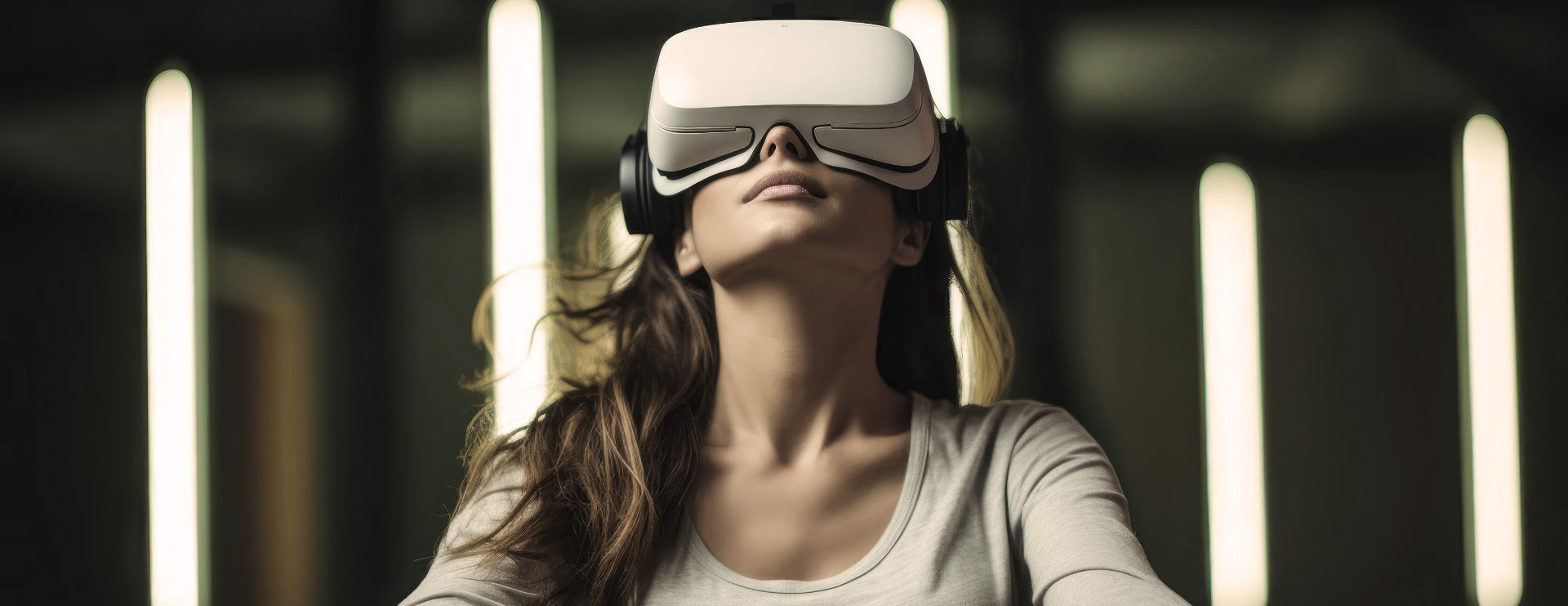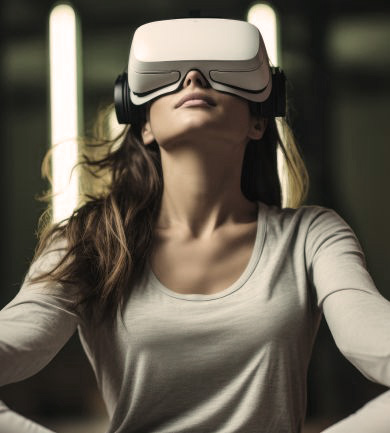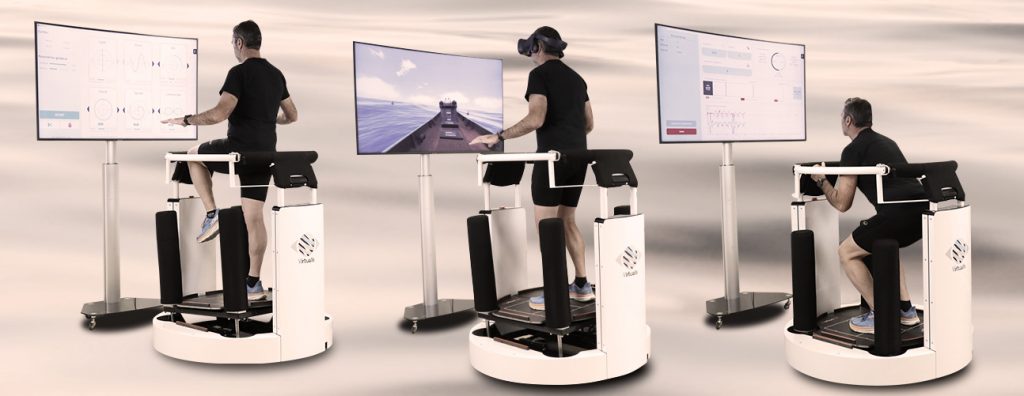

Stabilometry
Maintaining an upright posture, both in static conditions and during movement, requires the use of information from vision, the inner ear and somesthetic sensors in the neck and lower limbs. This information is processed by our central nervous system, which constantly sends orders to our effector system (postural muscles, eye muscles) to stabilise our body and avoid falling.
The analysis of the postural system is the domain of posturography or stabilometry. In our centre it is performed on a state-of-the-art platform, the Motion VR from VIRTUALIS. The device acquires the patient’s posture and analyses it in a series of everyday conditions, if necessary simulated in virtual reality.

Stabilometry procedure
The main tests performed are as follows :
- Analysis of the projection of the centre of gravity
- Evaluation of the balancing strategy (oscillations around the ankle or hip axis)
- Balance sensory organisation tests: what is the respective importance of the different balance sensory information (vision, inner ears, somesthesia, visual preference) in the organisation of the postural system?
- Motor and adaptation tests: measurement of latencies and amplitudes of motor responses during sudden platform movements that lead to an unexpected imbalance.
- Search for abnormal sensitivity to optic flow (motorway syndrome) or abnormal visual dependency.
Stabilometry is an essential examination in the investigation of balance disorders, allowing us to assess the functioning of the postural system and, if necessary, to propose rehabilitation adapted to the patient’s condition.
